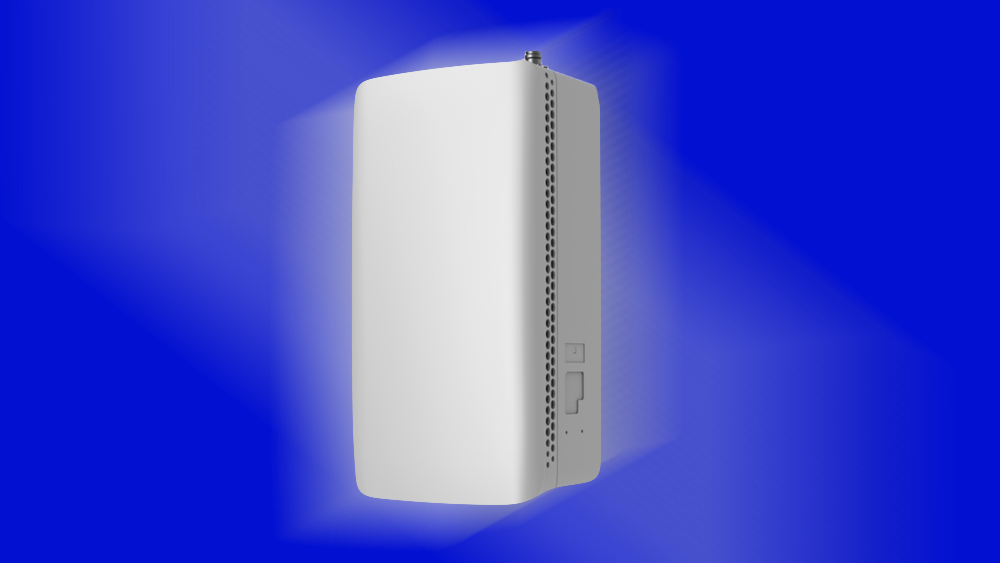Samsung sets 5G speed record of 8.5Gbps in lab test
In a new lab demonstration Samsung has broken speed records using MU-MIMO technology to showcase 5G’s potential.

Samsung Electronics has announced that it has achieved the world’s fastest 5G speeds in a lab demo, combining 800MHz of mmWave spectrum with MU-MIMO (Multi-User, Multiple-Input, Multiple-Output) technology, running on Samsung’s 5G mmWave Access Unit.
“This successful demonstration proves mmWave’s potential to deliver new kinds of business use cases and open up opportunities for mobile operators."
Hyunho Park, Samsung Electronics.
Touted as 5G’s biggest benefit, maximizing speed relies on a number of factors, but to achieve the very fastest speeds it’s necessary to take advantage of the mmWave spectrum. And in its latest lab test Samsung used two test mobile devices, with the demonstration achieving approximately 4.3Gbps speeds on each, reaching an industry peak speed of 8.5Gbps across both devices. In order to achieve such an impressive 5G speed, two key technologies were used: carrier aggregation and MU-MIMO.
“Samsung will continue to be at the forefront in advancing 5G mmWave technology,” said Hyunho Park, Senior Vice President, Networks Business at Samsung Electronics. “This successful demonstration proves mmWave’s potential to deliver new kinds of business use cases and open up opportunities for mobile operators. We look forward to building on this significant technical breakthrough to fuel our continuous journey towards an innovative and vibrant mmWave ecosystem.”
mmWave spectrum
The wide bandwidth from mmWave spectrum enables mobile operators to provide multi-gigabit speeds that lower band spectrums can’t match, but it comes with serious limitations, such as short range and the inability to pass through walls and other structures (which is why 5G microinfrastructure is such an important ingredient in the 5G mix).
However, if users can access multi-gigabit speeds via mmWave technology, they will be able to access a host of new 5G use cases, such as 8K video streaming, AR remote learning, VR teleconferencing, telemedicine, and real-time data exchange within manufacturing.
Samsung Networks’ 5G end-to-end solutions range from chipset, radio, and core network to cloud platform for both mid-band (2.5GHz/3.5GHz) and mmWave (28GHz/39GHz) frequencies. And the company has been supporting 5G commercial services in markets, including Korea and the US, currently two of the largest commercial deployments in 5G subscriber count, and markets where alternatives to Huawei technology are welcomed. It is also actively supporting the commercial deployment of 5G in Japan, and, according to the official Samsung Electronics website, it is also planning to expand into new markets including Canada and New Zealand.
- Discover the best 5G networks in the UK and US
- Get your hands on the hottest 5G phones
- Millimeter wave: the secret sauce behind 5G
- The complete guide to 5G security
- We reveal the latest 5G use cases
- Discover the truth behind 5G dangers
- 5G towers: everything you need to know

Get up to speed with 5G, and discover the latest deals, news, and insight!
Dan is a British journalist with 20 years of experience in the design and tech sectors, producing content for the likes of Microsoft, Adobe, Dell and The Sunday Times. In 2012 he helped launch the world's number one design blog, Creative Bloq. Dan is now editor-in-chief at 5Gradar, where he oversees news, insight and reviews, providing an invaluable resource for anyone looking to stay up-to-date with the key issues facing 5G.

